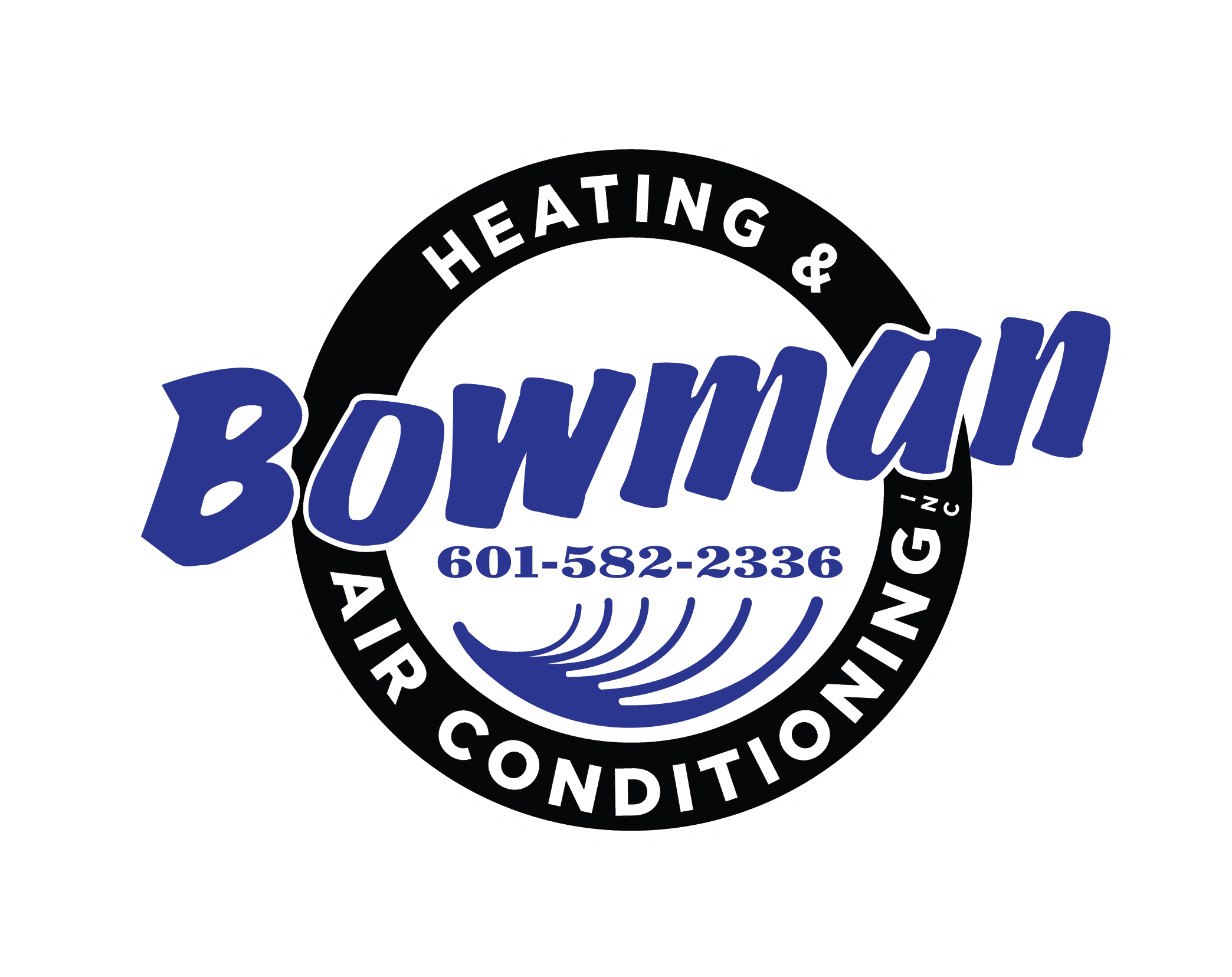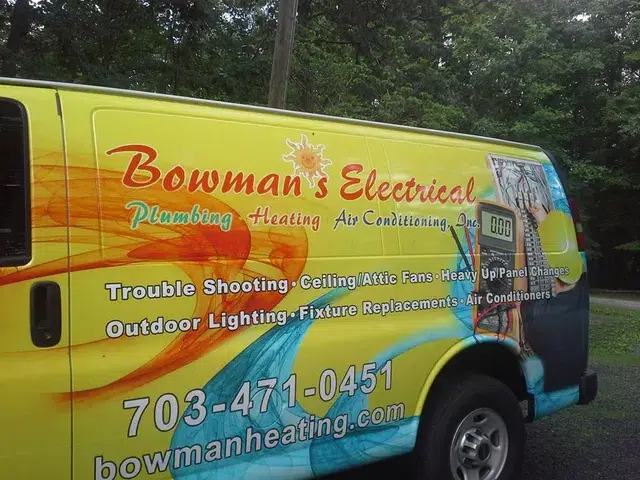Bowman's Heating And Cooling Wildwood Nj

Is your home feeling more like a Wildwood ice shack in July or a chilly boardwalk in January, despite your thermostat settings? Many homeowners in Wildwood, NJ, experience problems with their heating and cooling systems. Before you call in the professionals at Bowman's Heating and Cooling, let's explore a common issue and some troubleshooting steps you can take.
The Case of the Weak Airflow: A Common HVAC Headache
One of the most frequent complaints we hear at Bowman's is weak or non-existent airflow. This can manifest in several ways: some rooms are hot or cold spots, the system runs constantly without adequately heating or cooling, or you simply don't feel much air coming from the vents. Let’s dive into how to diagnose and potentially fix this problem.
Step 1: Preliminary Checks (No Tools Required)
Before grabbing any tools, let's start with the basics. These checks are quick, easy, and can often pinpoint the culprit.
- Check the Thermostat: This might sound obvious, but it's crucial. Is the thermostat set to HEAT or COOL, depending on the season? Is the temperature set correctly? Make sure it's calling for heat or cooling. Replace the batteries if you suspect they are low; a weak battery can cause erratic behavior.
- Inspect the Air Vents: Walk through your home and check each vent. Are any vents blocked by furniture, rugs, or curtains? Ensure all vents are fully open and unobstructed to allow for maximum airflow. Sometimes, homeowners close vents in unused rooms, which can disrupt the system's balance.
- Listen to Your System: Pay attention to the sounds your HVAC unit is making. Are there any unusual noises like banging, rattling, or squealing? These sounds can indicate a more serious mechanical problem. Make a note of any abnormal noises for your HVAC technician.
- Check the Outdoor Unit (if applicable): If you have a central AC or heat pump, take a look at the outdoor unit. Ensure it's free from debris like leaves, branches, or snow. Clear away anything obstructing airflow around the unit.
If these preliminary checks don't resolve the issue, proceed to the next step.
Step 2: The Filter Factor (No Tools Required)
A dirty air filter is the most common cause of weak airflow. It restricts airflow, forcing your system to work harder and less efficiently. It can also lead to overheating and potentially damage your HVAC equipment.
- Locate Your Air Filter: The air filter is typically located near the blower motor in your furnace or air handler. Common locations include a slot in the furnace itself, or in a return air vent on a wall or ceiling.
- Inspect the Filter: Remove the filter and hold it up to the light. If you can barely see through it, it's time for a change. A severely clogged filter will be visibly dusty and dirty.
- Replace the Filter: Use a filter of the correct size and type recommended for your system. The filter size is usually printed on the filter frame. Pay attention to the airflow direction arrow on the filter and install it accordingly.
- Regular Filter Changes: Aim to change your air filter every 1-3 months, depending on the type of filter and the air quality in your home. Homes with pets or allergies may require more frequent changes.
After replacing the filter, wait an hour and check to see if the airflow has improved. If not, move on to the next step.
Step 3: Breaker Box Basics (No Tools Required)
Sometimes, a tripped circuit breaker can prevent your HVAC system from running properly or at all. This is a safety mechanism designed to protect your electrical system from overload.
- Locate Your Breaker Box: The breaker box is usually located in a utility room, garage, or basement.
- Identify the HVAC Breaker: Look for a breaker labeled "Furnace," "AC," "HVAC," or something similar. If you're unsure, consult your home's electrical panel directory.
- Check the Breaker Position: If the breaker is in the "tripped" (middle) position, flip it fully to the "off" position and then back to the "on" position.
- Test the System: Turn your thermostat back on and see if the HVAC system starts working.
Caution: If the breaker trips repeatedly, there may be a serious electrical problem. Do not continue resetting the breaker; call a qualified electrician or HVAC technician immediately.
Step 4: Condensate Drain Check (Limited Tools Required)
During the cooling season, your air conditioner removes moisture from the air, which drains away through a condensate drain line. If this line becomes clogged, it can trigger a safety switch that shuts down the system or reduces its performance.
- Locate the Condensate Drain Line: This is usually a PVC pipe near your indoor unit. It may drain into a floor drain, a utility sink, or outside.
- Check for Clogs: Look for any visible blockages in the drain line, such as algae growth or debris.
- Clear the Drain Line:
- Option 1 (No Tools): Try using a wet/dry vacuum to suck out any clogs. Place the vacuum hose over the drain opening and create a tight seal.
- Option 2 (Limited Tools - Pliers/Wire): Carefully use pliers or a stiff wire to break up any visible clogs at the drain opening. Be gentle to avoid damaging the pipe.
- Option 3 (Limited Tools - Vinegar): Pour a cup of white vinegar down the drain line to help dissolve any buildup. Wait about 30 minutes and then flush with water.
- Check for Overflow: Inspect the area around the indoor unit for any signs of water leakage, which could indicate a more significant clog or a problem with the condensate pump (if you have one).
Caution: If you suspect a problem with the condensate pump itself, it's best to call a professional.
Step 5: Basic Tooling and Deeper Inspection (Basic Tools Required – Screwdriver, Multimeter (Optional))
This stage requires some basic tools and a slightly more technical approach. If you are uncomfortable working with electrical components, stop here and call Bowman's Heating and Cooling.
- Inspect Blower Motor Access: With the breaker to the unit turned OFF, use a screwdriver to carefully access the blower motor compartment. Locate the blower motor.
- Check Blower Motor for Obstructions: Check the blower wheel for any obstructions. Debris and dust can accumulate on the wheel and limit it's performance. Clear any visible debris.
- Capacitor Inspection (Advanced - Multimeter Optional, but HIGHLY Recommended): The capacitor provides the electrical kickstart to get your blower motor running. A faulty capacitor is a frequent cause of motor issues.
- Safety First: Ensure the power to the unit is COMPLETELY OFF. Capacitors can store an electrical charge even when the power is off, so it’s crucial to discharge it before handling. (Professionals use a specific discharge tool. If you're unsure, DO NOT PROCEED.)
- Visual Inspection: Look for any signs of bulging, leaking, or corrosion on the capacitor. If you see any of these, the capacitor needs to be replaced.
- Multimeter Test (Advanced): If you have a multimeter and know how to use it, you can test the capacitance of the capacitor. The reading should be within the range printed on the capacitor. If it's significantly lower, the capacitor is likely faulty.
Caution: Working with electrical components can be dangerous. If you are not comfortable, do not attempt this step. Contact Bowman's Heating and Cooling for assistance. Replacing a capacitor requires specific knowledge and safety precautions.
When to Call Bowman's Heating and Cooling
While these DIY troubleshooting steps can resolve many common HVAC issues, some problems require the expertise of a professional. Here are some situations where you should call Bowman's Heating and Cooling in Wildwood, NJ:
- You've tried the above steps and the problem persists.
- You hear unusual noises coming from your HVAC system, such as banging, rattling, or hissing.
- You smell burning odors coming from your vents or HVAC equipment.
- Your carbon monoxide detector is alarming. (This is a serious safety hazard; evacuate your home and call 911 immediately.)
- You suspect a refrigerant leak.
- You are uncomfortable working with electrical components.
- You need to repair or replace any major HVAC components, such as the compressor, blower motor, or heat exchanger.
- You want to schedule routine maintenance to keep your system running efficiently and prevent future problems.
Bowman's Heating and Cooling is committed to providing reliable and affordable HVAC services to homeowners in Wildwood and the surrounding areas. Our experienced technicians can diagnose and repair any heating or cooling issue, big or small. We also offer preventative maintenance plans to help you keep your system running smoothly for years to come.
Preventative Maintenance: The Key to a Healthy HVAC System
The best way to avoid HVAC problems is to schedule regular preventative maintenance. At Bowman's Heating and Cooling, we offer comprehensive maintenance services that include:
- Thorough system inspection.
- Cleaning of coils and other components.
- Checking refrigerant levels.
- Testing electrical connections.
- Lubricating moving parts.
- Replacing worn parts.
Regular maintenance can extend the life of your HVAC system, improve its efficiency, and prevent costly repairs down the road. Contact Bowman's Heating and Cooling today to schedule your maintenance appointment.
By following these troubleshooting steps and knowing when to call in the professionals at Bowman's Heating and Cooling, you can keep your home comfortable year-round.
Remember, safety is always the top priority. If you are ever unsure about any aspect of HVAC repair or maintenance, don't hesitate to call us. We're here to help!










